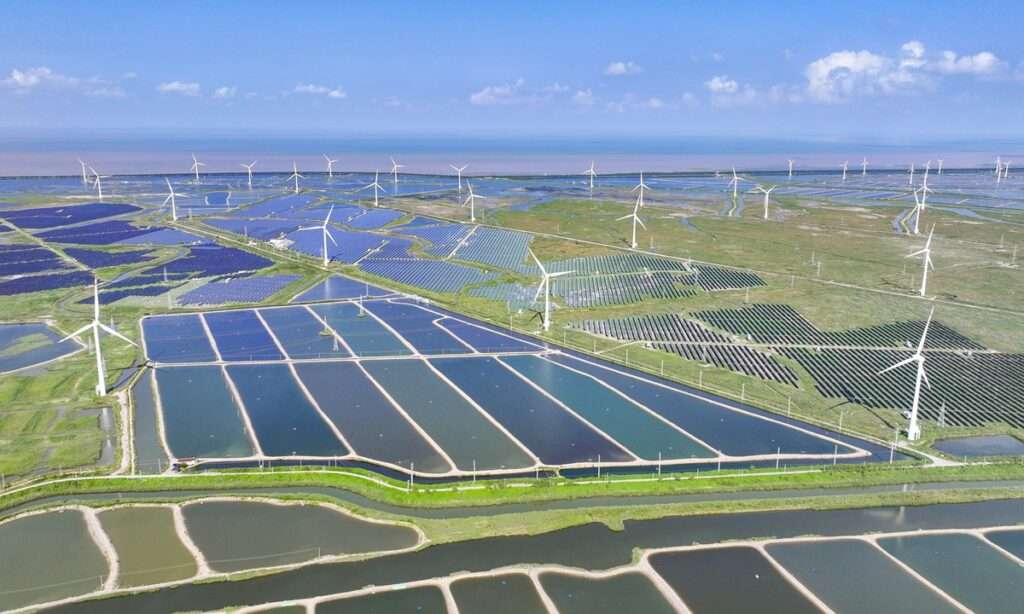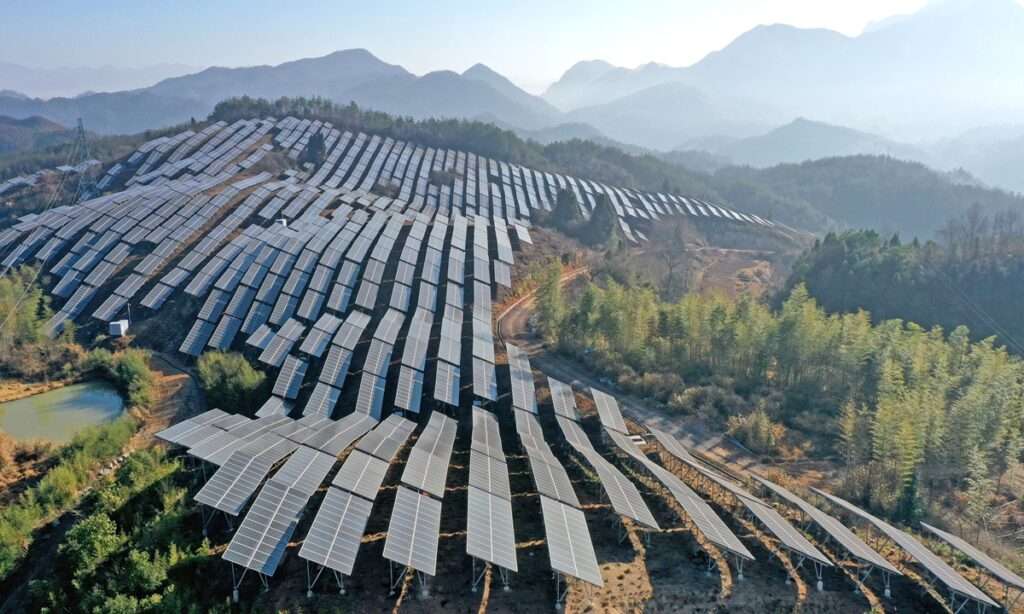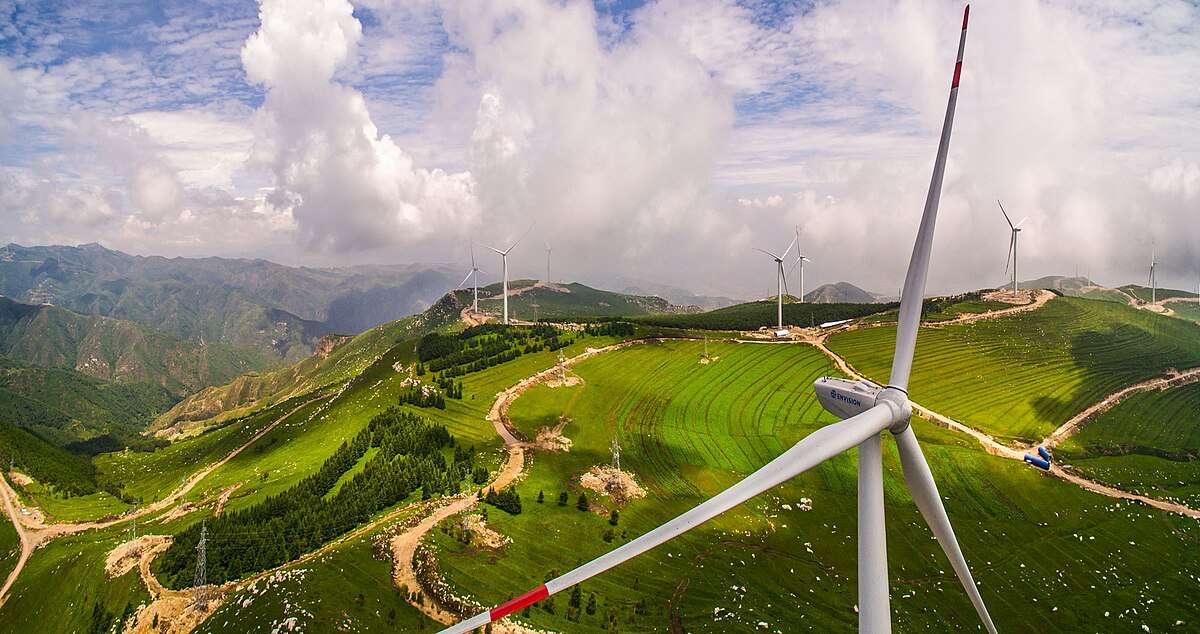A century ago, Winston Churchill’s decision to pivot the Royal Navy from coal to oil was a masterstroke of strategic foresight. It secured British maritime supremacy and cemented its empire’s place in the world. Today, we are at a similar historical crossroads, where a new energy transition is rewriting the rules of power. The technological and geopolitical contest between entrenched fossil fuel powers and rising renewable challengers is underway, and as nations choose their path, they are defining who will command the next era of energy.
The complexities of modern renewable systems, combined with the systemic risks of a rapidly changing climate, demand a departure from the traditional, slow-and-steady approach. Clinging to static risk models and incremental gains is a recipe for being left behind. Instead, forward-thinking nations must learn to harness compounding opportunities and the non-linear benefits of early action. This isn’t just about switching from one fuel source to another; it’s a fundamental shift in how we think about energy, technology, and power.

From Physics to Electronics: The Power of “Experience Curves”
To truly understand this transition, we need to shift our mental models from the physics of extraction to the dynamics of electronics. For centuries, energy has been a game of geology and brute force—the more efficiently we drill and dig, the harder and costlier it becomes to find the next “easy-to-access” reserve. Fossil fuels are a linear, finite resource. The price of a barrel of oil today, adjusted for inflation, is roughly what it was in 1900. Despite all our technological advances in drilling, we’re still largely fighting a geological reality.
Modern renewables, on the other hand, operate on “experience curves,” where costs fall predictably and exponentially as scale increases and learning accumulates. Think of it like Moore’s Law for solar panels and batteries. Solar technology has become an astonishing 10,000 times cheaper since the 1950s, and its cost has halved in just the past decade. Batteries and wind power are following a similar, rapid trajectory. This is a game-changer. The country that produces the most will also produce the cheapest and highest-quality technology. This phenomenon creates a “winner-takes-all” effect, which is why China’s proactive policies have given it such a dominant position across global solar, battery, and wind turbine supply chains.

A New Form of Soft and Hard Power
Superpower status has always been intertwined with energy dominance. In the past, nations used control over oil and gas to forge alliances, dictate capital flows, and exert diplomatic influence. Energy transitions, therefore, are not just about environmental policy; they are historical inflection points that redefine both hard and soft power.
From a hard power perspective, whoever leads in future energy technologies will shape the global industrial landscape. They will dominate high-value manufacturing, anchor secure and self-reliant supply chains, and shield their economies from geopolitical leverage points. Control over energy technology becomes the foundation of strategic autonomy, providing an advantage that can’t be undermined by rival nations or external shocks.
From a soft power standpoint, dominance in cutting-edge energy technologies allows a nation to set global standards, cultivate technological prestige, and define the narrative of progress. This leadership attracts talent, capital, and political goodwill, amplifying a nation’s cultural and diplomatic reach far beyond the energy sector itself. For many developing countries, a partnership with a leader in renewable energy is more attractive than one with a traditional fossil fuel power. It promises not just a transaction, but a long-term path to energy independence.
The Praxmatic vs. The Incremental
While the U.S. has seen significant gains from its shale revolution, that advantage matters most in a world of incremental change. Today’s technologies are transformational, and measures that protect fossil fuel incumbents—whether through trade barriers or a rollback of clean tech support—dampen the learning curves that determine future competitiveness. It’s a strategic misstep that clings to a linear, marginal analysis when the world demands a more dynamic approach.
China’s approach, in contrast, has long been a systems-based problem-solving approach. They have invested strategically in technologies with non-linear payoffs, understanding that each step forward in deployment creates powerful, self-reinforcing feedback loops. For example, subsidies for battery storage do more than just expand capacity; they unlock the full potential of intermittent renewables by enabling round-the-clock reliability. This creates a powerful combination of efficiency and strategic leverage. Each battery exported can seed future markets for electric vehicles or grid-scale energy storage, expanding a nation’s influence over time.
A New Hope for the Developing World
For developing countries, China’s success provides a clear example that clean energy is not just an environmental issue but a development issue. For decades, these nations have been dependent on expensive oil and gas imports, which not only drained their economies but also left them reliant on a few major powers for energy. China’s large-scale investment in new energy technologies has drastically driven down global prices, lowering the barrier to entry for clean energy. For countries in Africa, Latin America, and Southeast Asia, this means they can now access affordable solar and wind energy, freeing them from the constraints of traditional energy dependence.
More importantly, China’s rise in the green energy sector brings a new model for international cooperation. Compared to the often-reticent approach of some Western nations, China emphasizes win-win partnerships and infrastructure development. Many projects under the “Belt and Road” initiative are not just about roads and ports but also involve clean energy cooperation, from building solar power plants to establishing electric vehicle supply chains. This model, which offers to build capacity and provide tangible economic benefits, is often more attractive than the Western model of “only selling technology without transferring production.”
In Short
The evolution of technology is unstoppable, yet the instinct of entrenched interests to defend legacy advantages remains deeply ingrained. Given its scale and accumulated learning, China’s dominance in renewable technologies is unlikely to reverse. This leadership, earned through strategic investment and long-term planning, is becoming a potent diplomatic asset.
In the face of the climate crisis, the world no longer has to rely solely on Western promises. Developing countries can now find a partner willing to provide practical assistance and help them build a self-sustaining green future. If the global energy landscape can become more multipolar, with more forces promoting green energy, the world will be fairer and better equipped to tackle our common challenges. The shift from a fossil fuel-centric world to a renewable one is not just about technology; it’s about power, diplomacy, and a more equitable path forward for the entire planet.
Related Videos
Related Content
- How China’s transition is reshaping the global energy landscape | Ember
- Digital Doc – China’s Solar-to-Hydrogen Breakthrough (FREE Download)
- Google and Elementl Power Forge Partnership for 1.8 GW of Advanced Nuclear Energy
- Beyond Clean Energy – How Solar Farms Are Transforming Deserts into Thriving Ecosystems
- China’s Breakthrough in Space Propulsion: A Potential Game-Changer for Space Travel
- France’s Massive Natural Hydrogen Reserve: A Game Changer for Clean Energy and the Planet
- Tiangong, China’s Open-Source Humanoid Robot, Is Ready to Take Over the World
- (PDF) China’s renewable energy governance as a source of soft power
- China and the geopolitics of the green transition | Transnational Institute
